Garden Minestrone: Soothing Italian Potpourri in a Soup Pot
Minestra is an Italian word which means “soup.” The suffix –one means “big.” The Italian soup which is called minestrone therefore means “the big soup.”
Minestrone is so called because of its reputation as a multi-ingredient soup. It may have many vegetable ingredients and therefore be considered vegetarian. Or it may add meat and pasta or rice to the vegetable ingredients.
Ingredients for Minestrone
2 Tablespoons extra virgin olive oil
1 diced medium red onion
1 medium carrot, cut into rounds or diced
2 minced garlic cloves
6 cups low-sodium broth, chicken or vegetable
- variation suggestion: use both chicken and vegetable, in equal proportions of 3 cups apiece
4 plum tomatoes, cored, seeded, and chopped (or diced)
- Note: I save the core and seeds to add to puréed stews.
1/4 teaspoon salt
1/2 teaspoon freshly ground
black pepper
One 19-ounce can cannellini (white kidney beans), drained
- Note: When I have time, I use dry cannellini, which I soak overnight.
- Note: I set aside the drained liquid to add to puréed stews or to water house and garden plants.
- suggestion: chop greens as well and include, along with chopped roots, in minestrone
1 cup uncooked, small shell pasta (conchiglie), or bow ties (farfalle)
1 Tablespoon fresh basil, chopped
1 Tablespoon fresh parsley, chopped
- personal preference: flat-leaf parsley (Petrosellum crispum var. neapolitanum)
1 Tablespoon fresh thyme or lemon thyme, chopped
1/3 cup freshly grated, or shaved, Parmigiano-Reggiano
Instructions
Here is what needs to be done:
1. In a soup pot, heat the olive oil over medium heat.
- Add the carrots and red onion. Cook for about 5 minutes, until they start to soften.
- Add the garlic, and cook for about 1 minute, until its aroma is discernible.
- Into the soup pot add tomatoes, oregano, and black pepper.
- While stirring, gently add broth and 2 cups of water.
- Bring to a boil over high heat.
- Reducing heat to medium-low, simmer for about 45 minutes.
- Add the cannellini beans, green beans, zucchini, and pasta. Increase to high heat and bring to a bubble.
- Then reducing heat to medium-low, simmer for about 5-7 minutes.
- Add basil, parsley, rosemary, and thyme for the last few minutes of the simmer.
Sprinkle grated cheese onto individual servings as desired.
Variations
Asparagus, when in season, is a favorite addition to minestrone. Especially colorful is including three varieties: white, green with purple accents, and Bath.
I especially like to include mushrooms and water chestnuts with asparagus for they interact well in broths.
White or red radishes also work well with asparagus, mushrooms, and water chestnuts.
My asparagus minestrone also features roasted or toasted pine nuts and leeks.
Profile of minestrone: vegetables
The recipe for the soup can be quite variable since it intends to use what is on hand. For example, it can include such meat as bacon, chicken or ham. It can incorporate pasta or rice. It always includes vegetables.
There nevertheless are no set vegetables in the preparing and the serving of minestrone. But all is not left to vague interpretations in the traditional making of minestrone and its modern updates. One general rule stands out: the use of whatever vegetables may be on hand.
So the soup has a strong local basis. It looks to what is available in the immediate locale. It specifically makes do with what is most readily on hand in the particular household at the time of the gathering together of ingredients.
Minestrone specifically expresses an especially strong local commitment to using leftovers. It also represents a commitment to the use of such difficult vegetables as turnips which generally may not be appreciated let alone consumed whole without lengthy cooking with other more popular ingredients. It therefore supports the investment in and recycling of the sustainable edible resources in the area in question.
Certain vegetables nevertheless are more likely to show up in minestrone than others. Specifically, those who consume minestrone often expect to find certain vegetables. The following vegetables therefore may be found among the soup’s ingredients:
- Carrots (Daucus carota);
- Celery (Apium graveolens L.);
- Green beans (Phaseolus vulgaris);
- Onions (Allium cepa);
- Potatoes (Solanum tuberosum);
- Tomatoes (Solanum lycopersicum).
- Asparagus (Asparagus officinalis);
- Cabbage (Brassica oleracea);
- Fava beans (Vicia faba);
- Garlic (Allium sativum);
- Lentils (Lens culinaris);
- Mushrooms (Agaricus bisporus);
- Turnips (Brassica rapa).
But both also can be stock to which the vegetable ingredients are added. The stock may be a leftover or it may be a broth whose color and taste the minestrone maker seeks to add to the current soup in the making. Oftentimes, the stock which is used instead of fresh water will be the product of a previous or separate heating of beans until one distinct aroma, flavor and taste are formed to enhance the current minestrone in the works.
Profile of minestrone: herbs and sauce
Herbs and sauce also can be standard ingredients along with the above-mentioned vegetables. In fact, the variety called minestrone alla genovese is famous for its consistent use of herbs and for its unique sauce. The phrase literally means “big soup in the Genoese style.” It translates more succinctly as Genoese minestrone.
Minestrone alla genovese is a general specialty of the Italian region of Liguria. But it is called Genoese because Genoa (Genova), the regional capital city, is the soup's specific point of origin within Liguria. The Ligurian region is located in northwestern Italy along the Italian Riviera (Riviera ligure) which borders France to the west and the Ligurian Sea (Mar Ligure) to the south.
Pesto (pesto genovese) is the unique sauce for which Genoese minestrone is famous. The name of the sauce relates to the Genoese dialect of Italian. The Genoese turn the past participle pestato (“crushed,” “grounded,” “pounded”) into pesto.
Pesto sauce brings together basil (Ocimum basilicum), garlic (Allium sativum) and pine nuts (Pinus spp). It also includes olive oil and Parmesan (formaggio Parmigiano-Reggiano) and Sardo (fiore sardo, pecorino sardo) cheeses. The ingredients will be ground until they form into a green cream. The sauce will be made by adding the wet ingredients to the cream of crushed dry ingredients.
Acknowledgment
My special thanks to:
- Talented artists and photographers/concerned organizations who make their fine images available on the Internet;
- Teresa Giudice for generously sharing culinary treasures and family anecdotes in her beautiful cookbook, Skinny Italian.
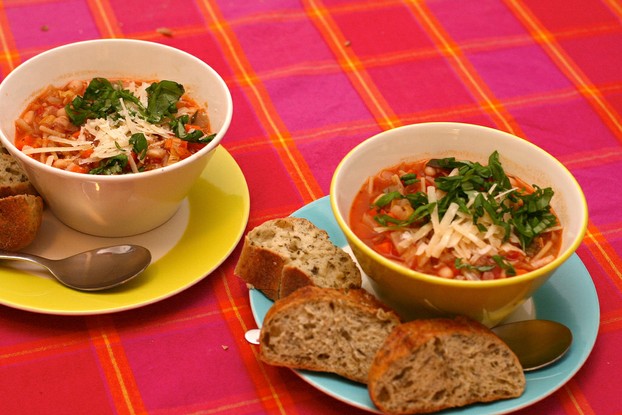
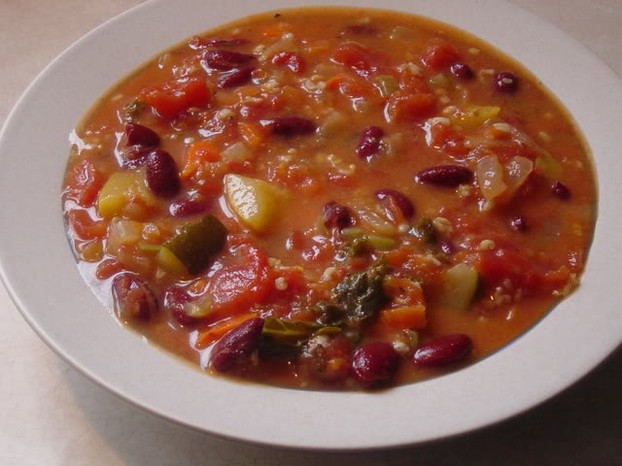
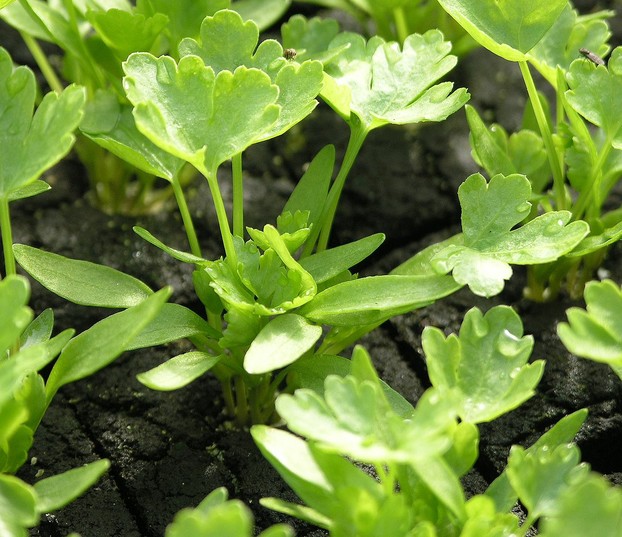
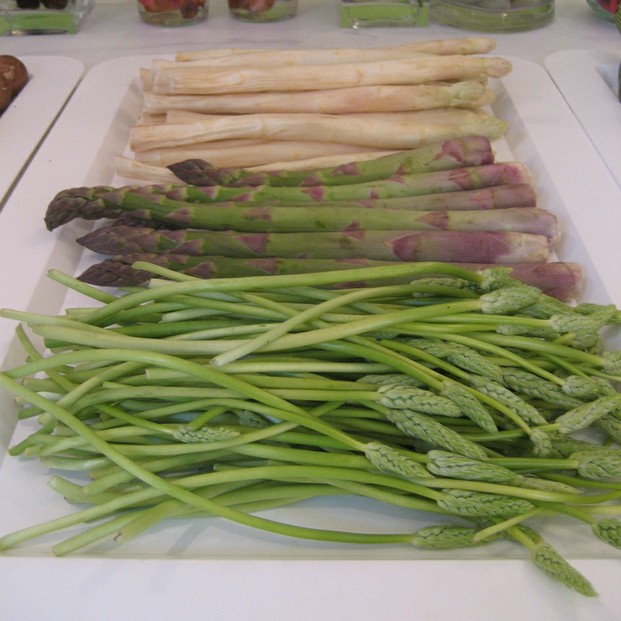
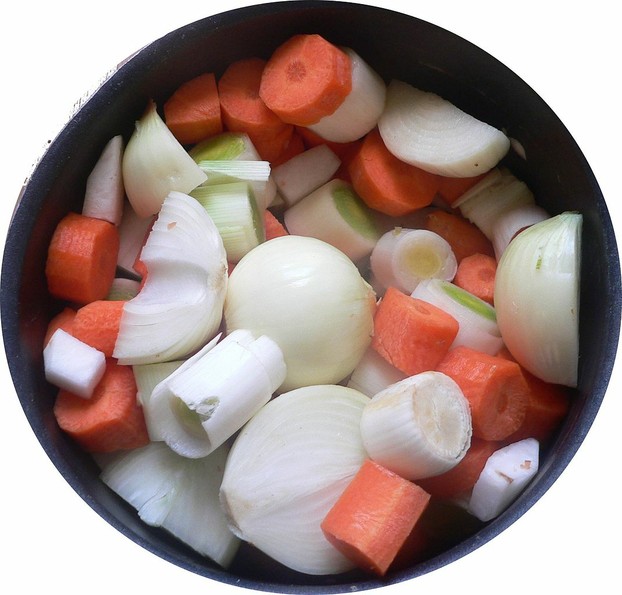
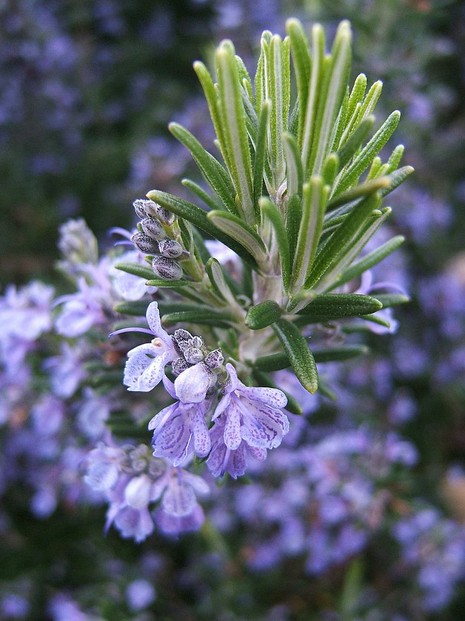
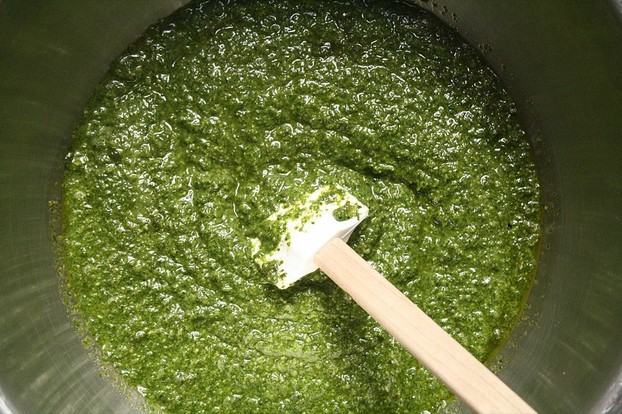
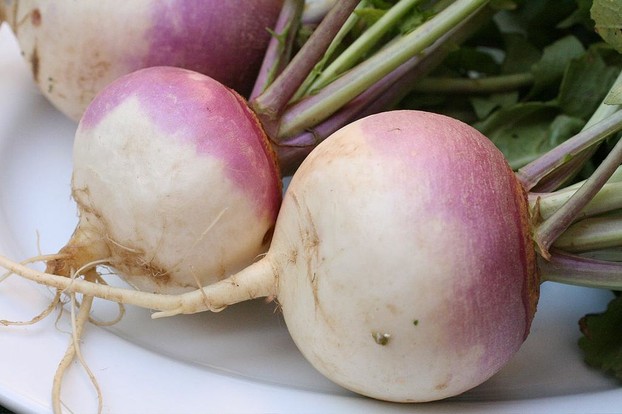
Do you need the Best Kitchen Utensil Set, we can help to find the right tool. Kitchen Utensil Set is an important part of any kitchen, but you don’t have to settle for the basics. You can kitchen decor with utensil sets that show off your personality. This is an attractive color or a fun pattern for your kitchen cupboard. Made of durable, long-lasting materials, our selection of cooking utensils will become as important as the ingredients when making your family’s favorite home-cooked meals. We have to just the utensil set to make the perfect. Slicing up a pizza? We can help you out there too. Whatever kitchen tool you need to make breakfast, lunch, dinner, or snacks into the culinary masterpieces they were meant to be, we’ve got you covered. Dishwasher safe, these kitchen utensils are fun and practical additions to your kitchen.
ReplyDeletecityshops.me design, create and market high fashion clothing and accessories which are trend-setting, limited in quantity .
ReplyDeletehttps://cityshops.me/
For labels to be classified as a high fashion brand, the designer must show their collection at one of the world’s .
Many of the world’s top designer brands are based in Europe, most notably across France, Italy and the UK, and despite global economic uncertainty the cityshops sector continues to grow faster than many other industries.
Because of this, major business publications such as CNBC, Forbes and Business Insider run a yearly financial analysis of the best performing brands on earth to determine what fashion house fares best in the sartorial sales stakes.